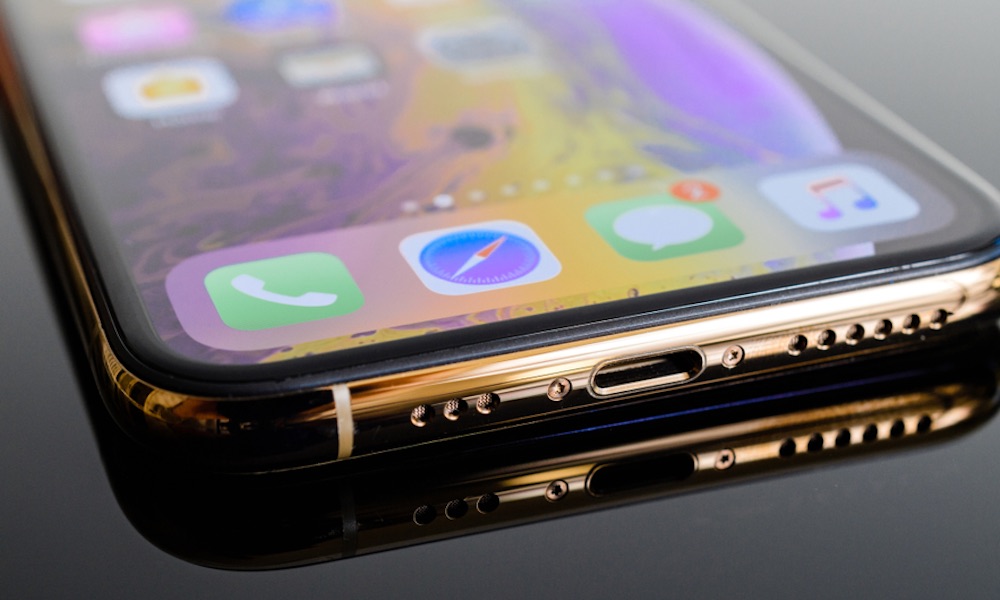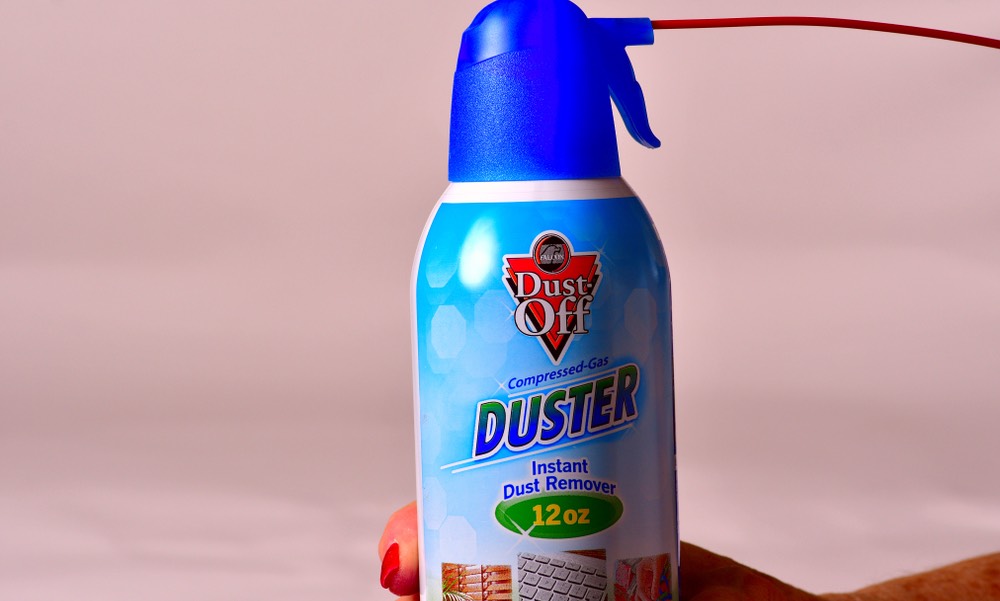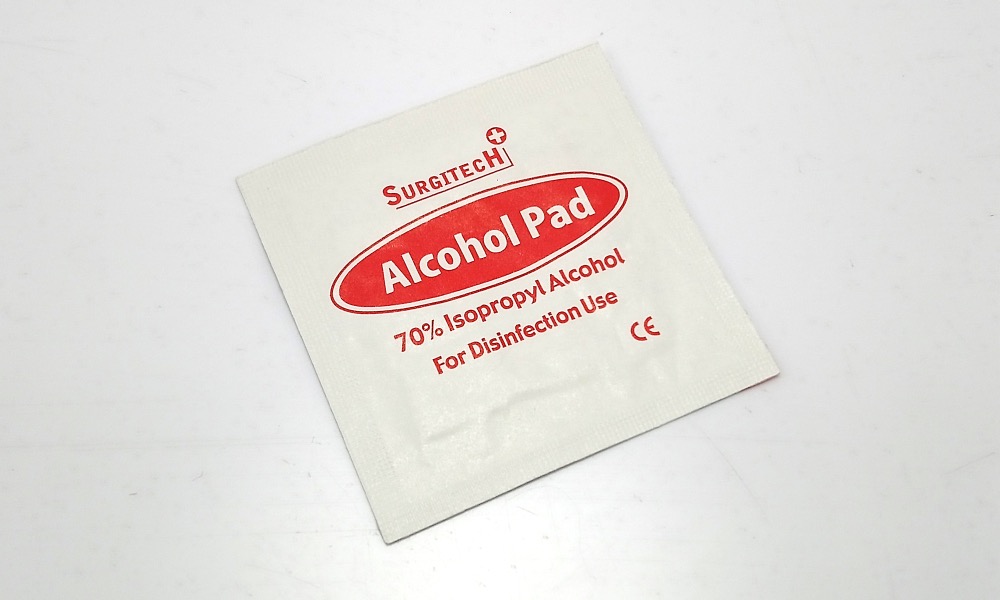How to Clean the Gunk out of Your iPhone’s Ports Safely
 Hadrian / Shutterstock
Hadrian / Shutterstock
Toggle Dark Mode
One of the plights of any smartphone charging port is that, on occasion, all sorts of nasty stuff will get stuck in it.
Whether it’s lint or dirt or dust, such things make it challenging to keep a device in peak condition. And once the dirt is in the port, how do you remove it?
Unfortunately, it’s not as simple as keeping an iPhone sanitized. In any case, there are a few tricks to clean your iPhone’s ports without damaging it internally.
Compressed Air
The first option, in most cases, should be using compressed air. If you have access to such an item, it’s an excellent way to blast away any loose dirt and allow the port to work optimally once again without putting the Lightning port at risk in any way. Make sure that the can is used upright. Otherwise, the air within the can will compile into liquid form and leak.
Pick It Out
If a can of compressed air isn’t available, then using a simple needle-like implement to withdraw or scrape out the embedded dust is a reasonable option.
By slowly sliding the implement in, one can hopefully gently scrape away any of the dirt that might be hampering the charging process.
We recommend using a toothpick, as it’s made of wood and will do less damage to the Lightning port if mishandled. It’s also nonconductive and won’t accidentally electrocute you as you clean the port.
Paper clips and needles are often small enough to fit, but scraping with metal implements can cause significant damage to the connections and is not recommended.
Isopropyl Rubbing Alcohol
If physical removal isn’t doing the job, there is a more extreme option one can try: rubbing alcohol.
Using a wipe and a toothpick, or applying rubbing alcohol to a bit of cotton that is then swiped inside the port can be effective for removing the clingiest of dirt.
However, make sure it’s isopropyl alcohol as opposed to ethyl alcohol since ethyl can cause significant damage to the hardware inside.
This can be risky, so be extremely careful so you don’t destroy the hardware. If you’re uncomfortable with the potential risk, it might be worth visiting your local Apple repairman instead.
Talk to an Official
If the steps above fail to fix the problem or make you feel uncomfortable, it’s often best to allow those trained in fixing Apple products to do the job. It minimizes risk. Plus, if they break it, then they are liable for the problem; not you.










